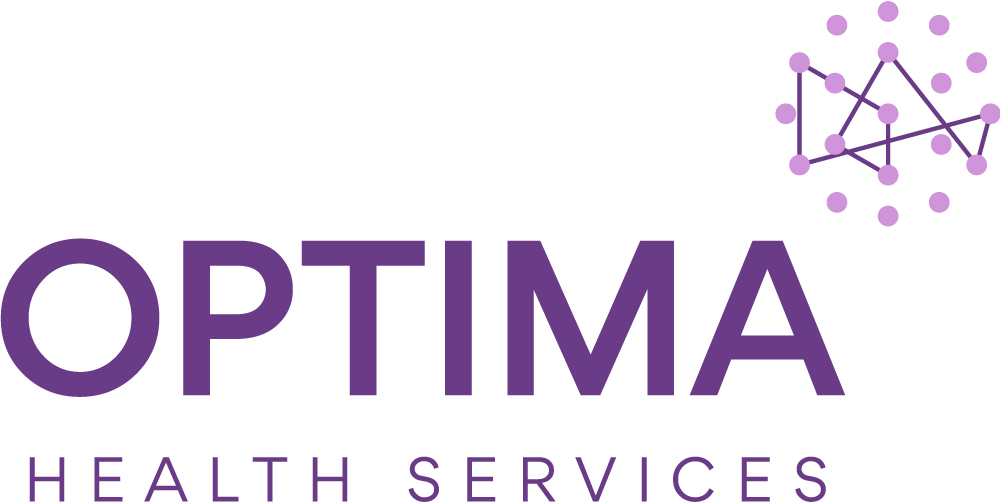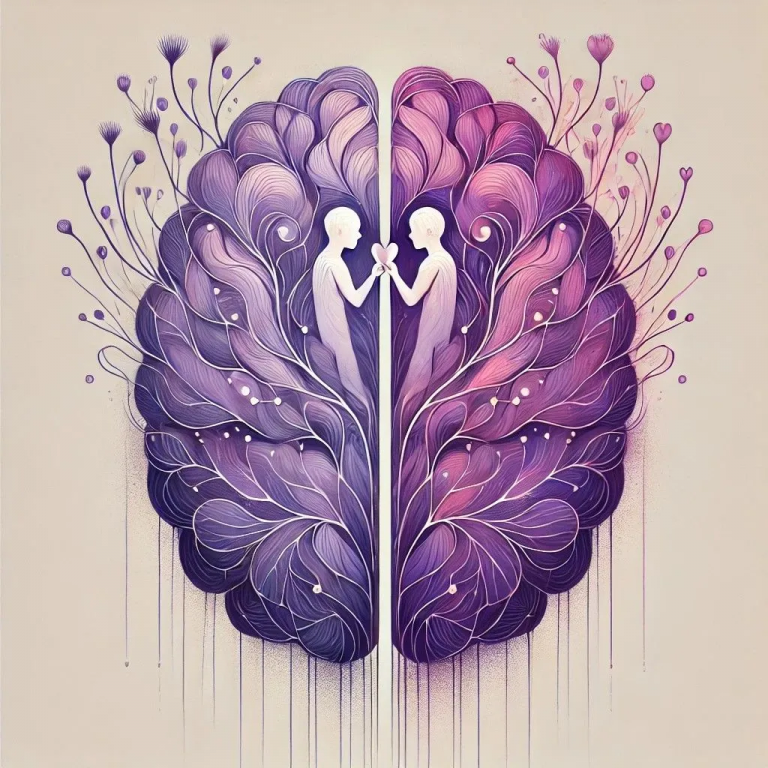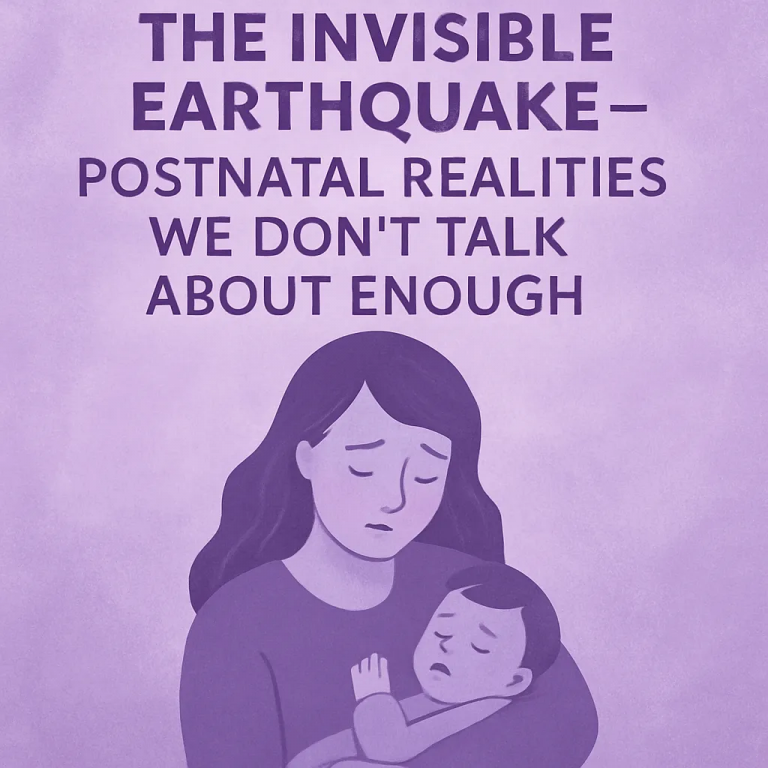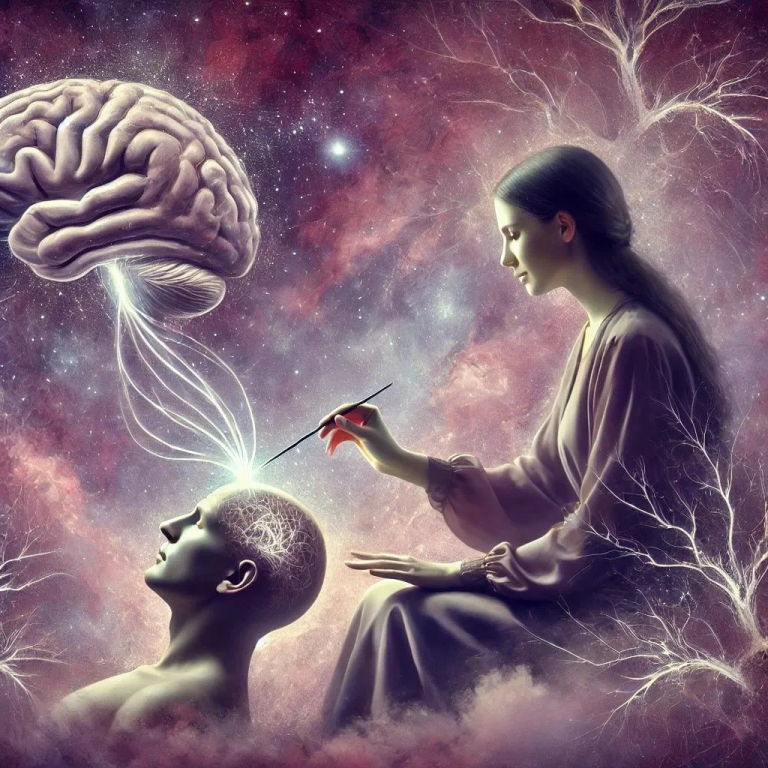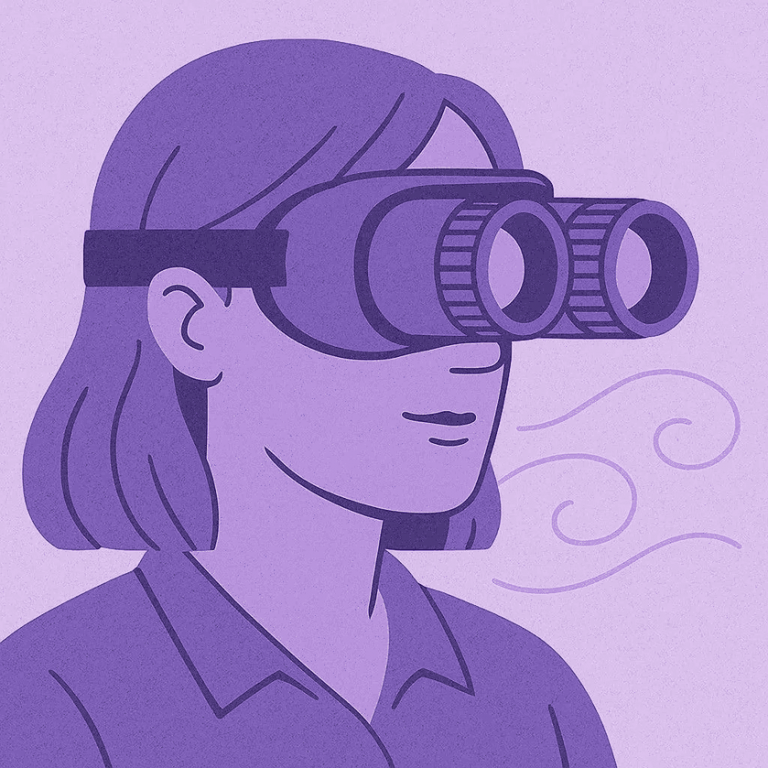The First 1,000 Days – Why They Matter More Than We Realise
We often talk about childhood shaping the adult self, but there’s a particular window of time – conception through to around age three – that’s quietly doing some of the heaviest lifting in human development. Neuroscientists call it “the first 1,000 days”. Attachment theorists call it the foundation of relational life. Parents often call it a blur.
For therapists, it’s where so much of the story begins.
Brain Building in Real Time
A baby’s brain at birth is a work in progress. In the first three years, neural pathways are being created at lightning speed – around a million new connections every second. These aren’t abstract; they are the literal wiring for emotional regulation, stress response, and relational safety.
Allan Schore, whose work has been pivotal in linking neuroscience and attachment, describes these years as a “critical period” for right-brain development – the part of the brain most involved in emotion, bodily states, and non-verbal communication. He writes:
“The infant’s early interactions with a primary caregiver are essential regulators of brain development and the emotional self.” (Schore, 2001)
Every cuddle, every soothing tone of voice, every moment of attuned eye contact is laying down the architecture of the child’s inner world. But, of course, real life isn’t a lab, and this is where it gets complex.
When Life Gets in the Way
The idea that the first 1,000 days “shape everything” can be terrifying for parents. Especially when we remember that the early postpartum period is often messy. Maternal mental health struggles, birth trauma, financial stress, relationship changes – all of these can impact a caregiver’s ability to offer consistent attunement.
Sue Gerhardt, in Why Love Matters, reminds us that this isn’t about perfection but about pattern. Babies don’t need flawless care; they need “good enough” care – attunement more often than not, and repair when misattunements happen.
However, when the environment is chronically stressful, when a caregiver is emotionally unavailable due to depression, anxiety, or their own unresolved trauma, the baby adapts.
- Some become hyper-vigilant, their nervous systems primed to detect threat.
- Others dampen their needs, disconnecting from their own emotions to avoid overwhelming the caregiver.
- These adaptations aren’t “bad behaviours”; they’re survival strategies.
Decades later, these patterns walk into the therapy room as the anxious client who can’t self-soothe, the avoidant client who can’t tolerate closeness, the people-pleaser who learned to earn love by erasing themselves.
The Caregiver’s Story
The first 1,000 days aren’t just about the baby – they’re about the caregiver’s story too. Those early interactions are a dance between two nervous systems, and the caregiver’s capacity for attunement is deeply influenced by their own attachment history.
This is where Fraiberg’s “ghosts in the nursery” show up. A mother who was never comforted may find her baby’s crying unbearable. A father who learned to suppress emotion may struggle with his toddler’s meltdowns. These are not failures; they are echoes. And, just as importantly, they offer moments for healing.
When a parent can notice their reaction, seek support, and try again, they create what Selma Fraiberg called “angels in the nursery” – moments of intergenerational repair that change the trajectory for both parent and child.
For Therapists
Understanding the first 1,000 days changes how we listen to clients. Suddenly, the “symptoms” of adult life – panic, dysregulation, relationship struggles – aren’t problems to fix but messages from a nervous system wired in a particular environment.
It invites different questions:
- What was the emotional climate of their early years?
- What support did their caregivers have?
- How did their tiny self adapt to the emotional availability (or unavailability) around them?
Attachment-based therapy gives us the tools to work here safely, offering co-regulation and a “second chance” at the attunement that might have been missing. In the therapy room, we can become what Schore calls an “external regulator” – helping clients rewire those early pathways in the safety of relationship.
Hope and Resilience
If you’re reading this and thinking about all the ways things can go wrong, take a breath. Attachment isn’t about perfection; it’s about relationship and repair. The nervous system is plastic. Healing is always possible.
For many adult clients, therapy is the first place where someone sees beyond their behaviour to the need beneath. That moment of being met – “You make sense. You always made sense.” – is profoundly reparative.
If you find yourself leaning into these ideas, if your curiosity lights up when clients’ stories touch those earliest years, the Level 5 Diploma in Attachment-Based Psychotherapeutic Counselling is designed to take you deeper.
We explore:
- The neuroscience of the first 1,000 days.
- How early attachment patterns shape adult relationships and emotional regulation.
- Working with “ghosts in the nursery” in therapy.
- Offering co-regulation and corrective experience in the therapy room.
For many counsellors, understanding this developmental window is like finding a missing piece of the puzzle. It turns theory into compassion and gives you the tools to work at a profound level of depth.
Because those first three years aren’t just the beginning of a child’s story – they’re the blueprint. And as therapists, we have the privilege of helping clients redraw it with safety, attunement and hope.
